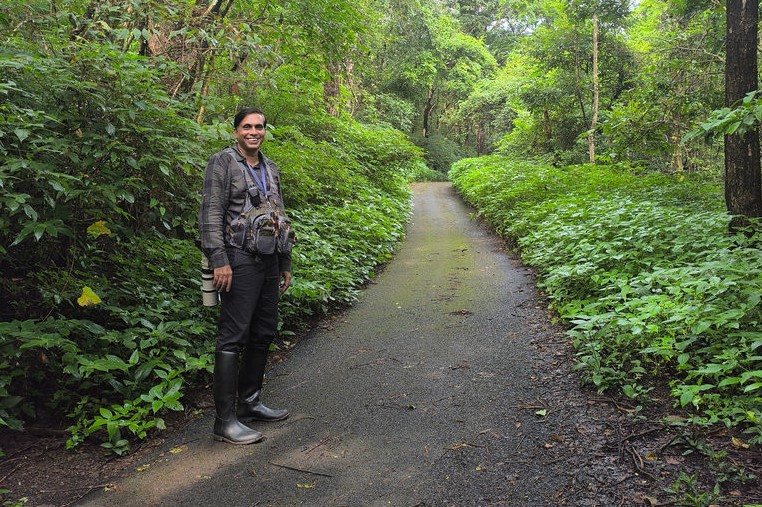
What is your favorite bird species?
I’ve been asked this question several times, but I still don’t have an answer. I see birds as a chance for photography and a way to observe patterns that might predict their behavior. Even a crow can make for a great photo if it’s perched in the right spot, with the right lighting, and displaying some interesting behavior.
Flame-throated Bulbul
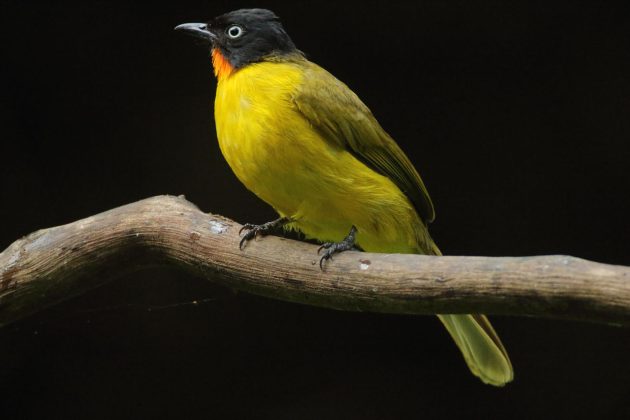
What is your name, and where do you live?
My name is Savio Fonseca. I live in Goa –one the smallest states on the West Coast of India.
Malabar Trogon
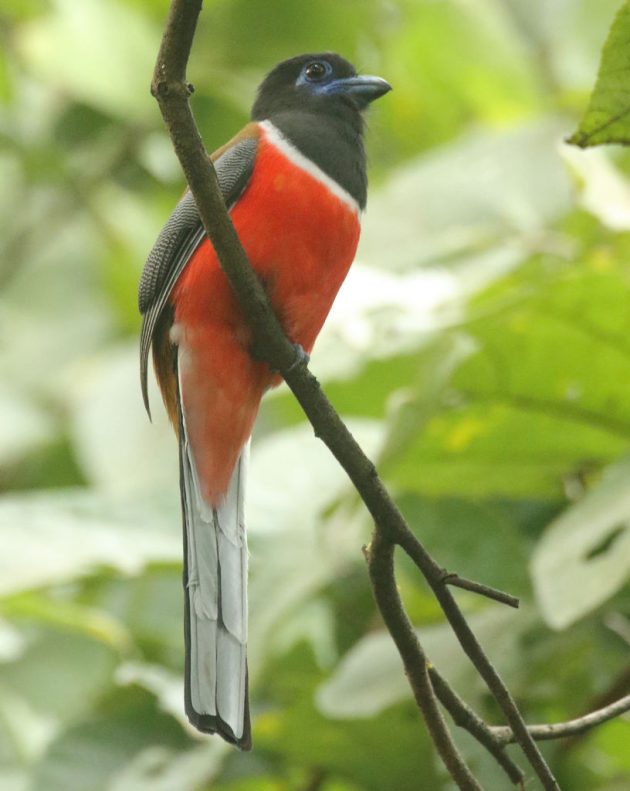
What are the main regions or locations you cover as a bird guide?
I specialize in birding across the Western Ghats, which span the states of Maharashtra, Goa, and Karnataka, as well as the state of Gujarat in western India.
Stork-billed Kingfisher
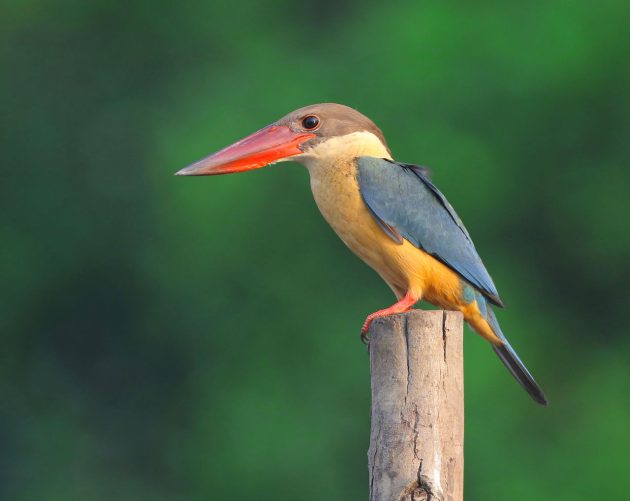
How long have you been a bird guide?
I have been birdwatching for the past 15 years, including the last 7 years as a professional birding guide.
Malabar Whistling Thrush
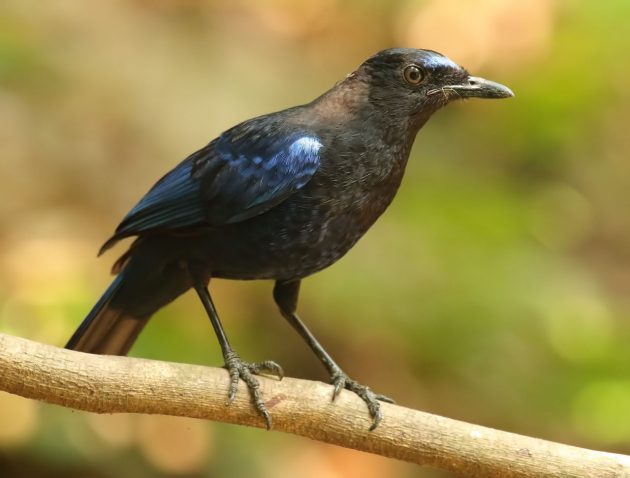
How did you get into bird guiding?
I was a hunter at the age of 11, and now, through karma, I’ve been drawn to birding with a profound debt to repay.
Square-tailed Bulbul
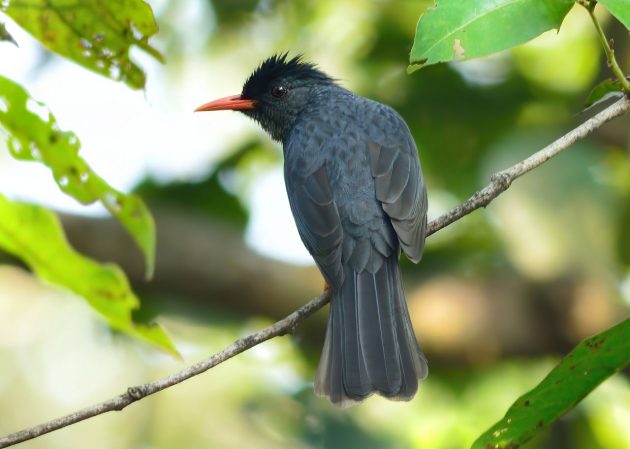
What are the aspects of being a bird guide that you like best? Which aspects do you dislike most?
The most rewarding birding experiences occur when you’re with clients who are more skilled birders than you, as the resulting synergy often leads to incredible bird sightings.
Oriental Dwarf Kingfisher
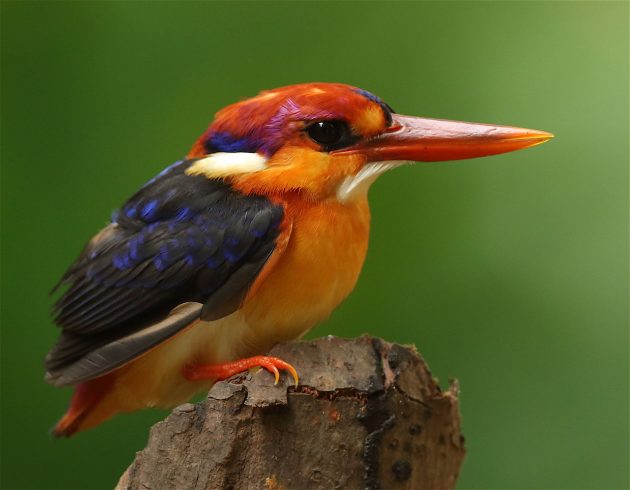
What are the top 5-10 birds in your region that you think are the most interesting for visiting birders?
Some of the most fascinating birds in the region include the Flame-throated Bulbul, Vigor’s Sunbird, Malabar Trogon, Rufous Babbler, Malabar Whistling Thrush, Malabar Gray Hornbill, Malabar Barbet, Oriental Dwarf Kingfisher, Blue-eared Kingfisher, Stork-billed Kingfisher, Gray-headed Bulbul, and Square-tailed Bulbul.
Blue-eared Kingfisher
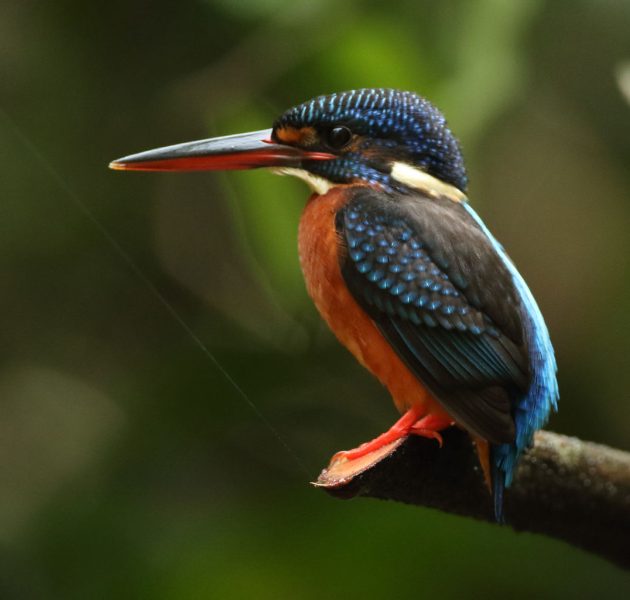
Can you outline at least one typical birdwatching trip in your area? Please briefly describe the locations, the key birds, and the approximate duration of such a trip
We provide both day trips and multi-day tours, with our flagship day trip being a visit to the Bondla Wildlife Sanctuary. Although the smallest sanctuary in Goa, it features a zoo at the end of the trail. The zoo hosts locally rescued animals and a few exotic species. While the zoo isn’t our main focus, its steady flow of visitors helps deter poachers and keeps rangers vigilant, creating an ideal environment for abundant birdlife. The trip begins at 6:30 AM and concludes by 12:00 PM. On an average day, participants can expect to spot around 60 bird species, including notable endemics. Our record for a single trip stands at an impressive 102 species!
Malabar Gray Hornbill
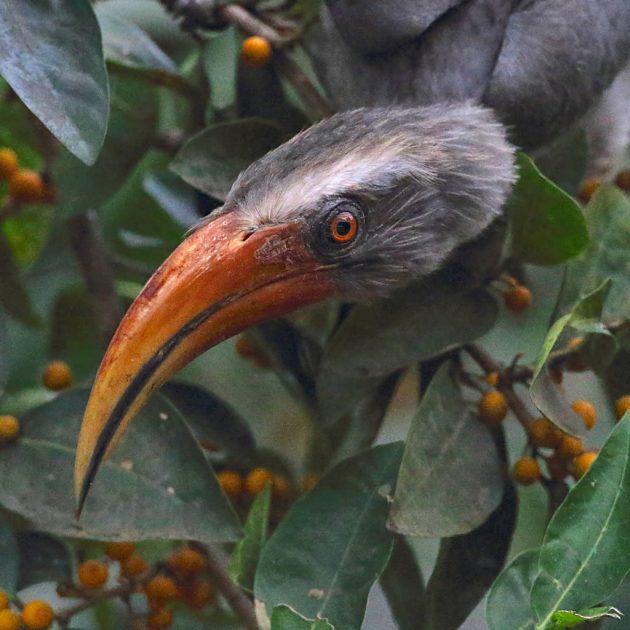
What other suggestions can you give to birders interested in your area? (for example, what to bring, which season to choose, etc.)
Goa, due to some geological quirks has about 10 different types of bird habitats such as seashores, mangroves, freshwater wetlands, estuaries, gardens and orchards, paddy cultivations, rocky grasslands, tabletop plateaus, deciduous forests, evergreen forests, Western Ghats forests with elevation up to 1500 meters, This is in an area of just 3700 square kilometers yields about 500 birds – about 40% of India’s birds and about 5% of the world’s birds! Add to this, Goa is one of the top beach destinations of the world with every major hotel chain having a property in this State within 90 minutes of driving distance to any birding hotspot. Birding in Goa can go 365 days despite the vicious monsoons from June to September. But ideally, the best times are December to February since the temperature and humidity are more tolerable. With respect to clothing, the best clothing is to wear full sleeves and full-length trousers (only dull green/gray shades) while we provide you with gumboots (to wade through water, rock, slush, sand or to protect yourself against snakes). The best camera gear recommended is a crop sensor, DSLR (not mirrorless), and upwards of 400mm lens. Spotting scopes may be useful in the wetlands or the seashore but are not useful in the forests.
Malabar Barbet
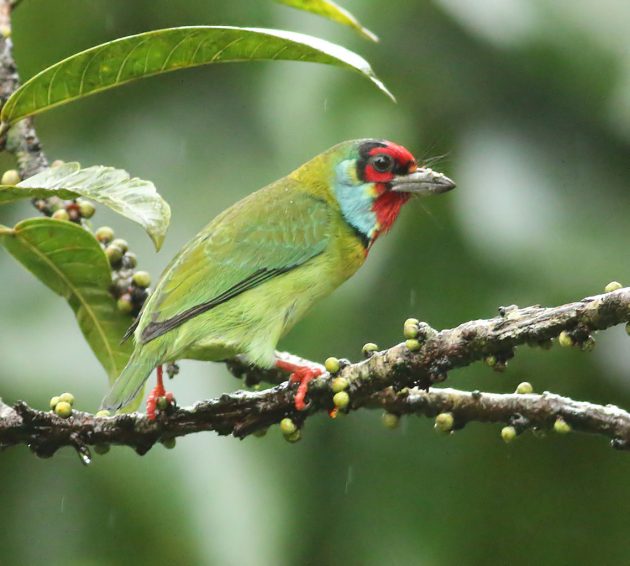
If any reader of 10,000 Birds is interested in birding with you, how can they best contact you?
My WhatsApp number is +91-7588927753 and my email is hello@avocet-peregrine.com. My website is birding.avocet-peregrine.com
Sri Lankan Frogmouth
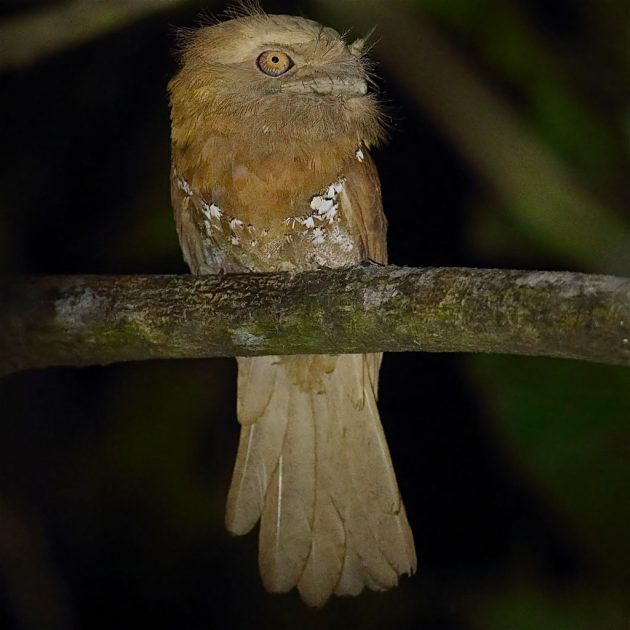
Is there anything else you would like to share with the readers of 10,000 Birds?
Our trips are meticulously documented, and our birding efforts are driven by data. We don’t choose birding locations randomly; instead, we carefully consider their past results. For each hotspot we visit, we compile an eBird checklist, attach relevant photos, and share it with our clients. This serves as a verification of our trip, especially for prospective clients, through consistent checklists and photos. Our checklists and trip reports are available here. Additionally, we focus on 10 hotspots where we can confidently predict sightings based on past records and performance. We also provide prospective clients with data charts for each hotspot (week by week) to assist in their decision-making. In Goa, I currently rank #4 on the eBird Species list with 413 bird species. Of these, I have photographic evidence for 383 species to substantiate my list. In contrast, the top three eBirders have fewer than 100 photographic records for their sightings.
Vigors Sunbird
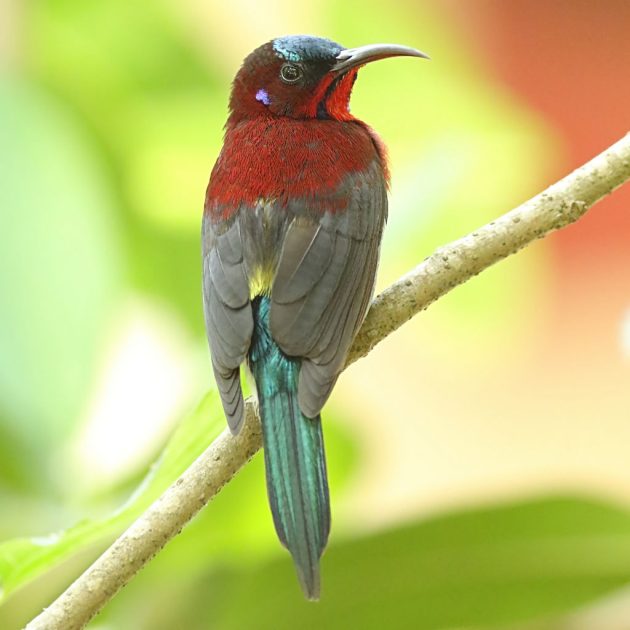


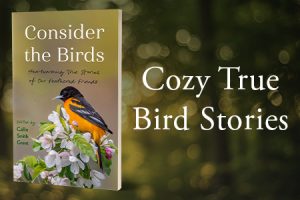

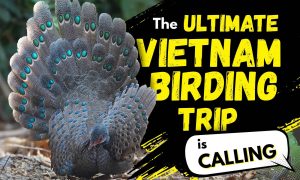
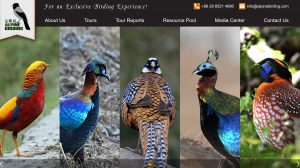

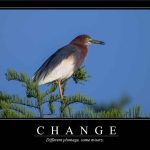
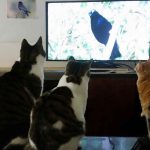
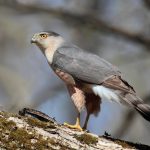
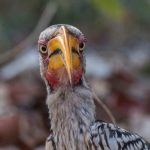
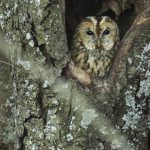
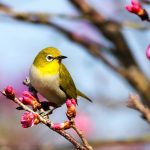
Savio is truely a bird lover first ,very learned guide afterwards
I went birding with Savio in 2019 and till date it has been the best experience. Great knowledge of spots and birds and of course knowledge of their behaviour helps someone like me enjoy the experience.